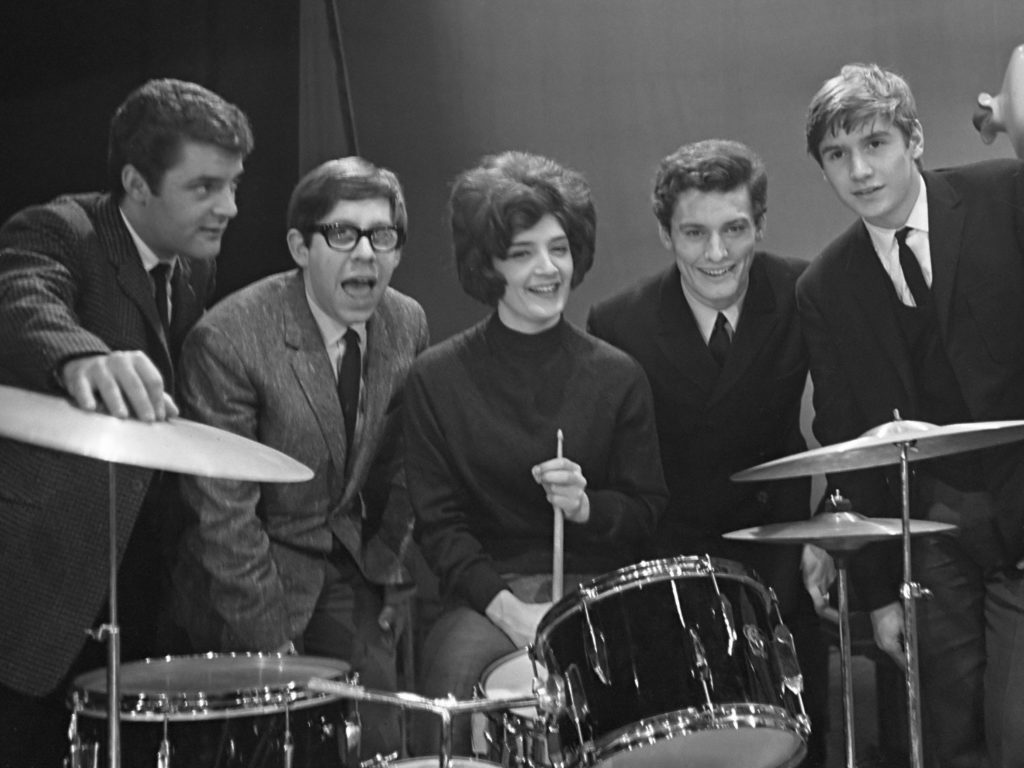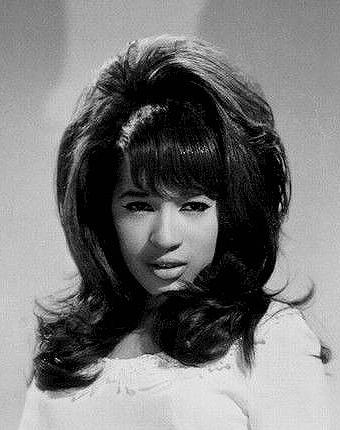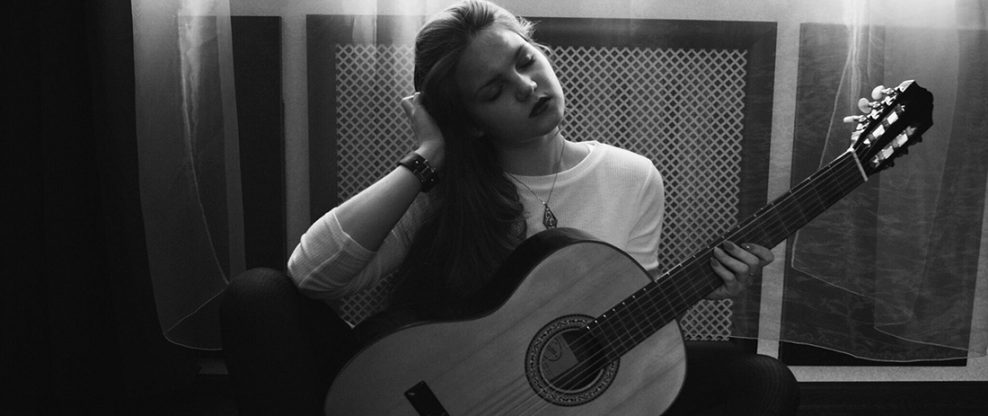Women can do whatever they put their minds to, including… Rock and Roll. Frequent Hypebot contributor Fred Jacobs looks at this ongoing problem.
A guest post by Fred Jacobs of Jacob’s Media Strategies.
There’s been a lot of discussion in recent years – and even months – about the future of Rock.
Some believe the ship has sailed – that Rock, the power genre of decades gone by has become irrelevant. Critics – and radio programmers – debate the efficacy of new Rock, questioning whether there’s still gas in the tank.
But when you look at the landscape – and perhaps squint a bit – you can see a fascinating future taking shape: women who rock.
A wonderful NPR essay caught my eye earlier this month. Written by music critic Ann Powers, the story’s title says it all:
“The Fellowship of the Rockers: How did we get stuck with the idea that four guys make a rock band?”
The passing this week of Ronnie Spector, lead singer from the iconic group the Ronettes, brought the topic home.
Powers takes us on a journey, back to the British Invasion. And in the Beatles, she sees much of what has come since take form. She connects to the Disney+ documentary “Get Back” to show us the process of how bands formed, then and since. The Stones, the Who, Led Zeppelin, the Foo Fighters, and so many others fit the traditional casting model. And she asked key questions about race, gender, and rock n’ roll.
Back in the 70’s and 80’s, women excelled in the space. Carly Simon and Carole King on the piano side of the spectrum; Linda Ronstadt, Ann and Nancy Wilson and Pat Benatarfeaturing guitar heavy rock. And then into the MTV era, it was Chrissie Hynde and Debbie Harry, leading into the Go-Go’s, much celebrated last year with a great documentary and their induction into the Rock and Roll Hall of Fame.
But a woman’s place in rock n’ roll has been checkered at best. And it seems like so much of that is due to the influence of the Beatles, and other British Invasion groups, mostly in the “4 white guys mold.”
Oddly enough, one of my favorites of the era – and believe me when I tell you new bands came virtually every week from across the pond – was the Honeycombs. Yes, there were female vocalists from the British Isles, like Petula Clark and Cilla Black. But the “hook” behind the Honeycombs was simply this:
“Hey, they’re the band with the girl drummer.”

Sadly, Honey Lantree and her North London mates only enjoyed one hit: “Have I The Right?” But it was a good one. And I remember seeing the band perform on the various TV shows during the height of the group’s short-lived popularity.
Since that era, female drummers have been few and far between, but there have been noteworthy exceptions: Moe Tucker of Velvet Underground fame, Gina Schock of the Go Go’s, and Jack White’s “sister” – Meg – from the White Stripes.
So-called “girl groups” had their best run in the 60’s, especially on the Motown label. The Supremes, Martha & the Vandellas, and several other all-female ensembles each racked up multiple hit records.
And the Phil Spector-produced Ronettes had several monster hits, led by Ronnie Spector (yes, she married the enigmatic Phil, both a career and life mistake). The music community is still mourning Ronnie’s passing earlier this week. Classic Rockers remember her singing along with Eddie Money on the hit, “Take Me Home Tonight.” More than two decades after the Ronettes’ hit, “Be My Baby,” Ronnie’s vocals made the song a massive hit.

The Ronettes were groundbreakers. Many of the girl groups of the era sang their hits on stage wearing slinky cocktail dresses. The edgy Ronettes, on the other hand, flaunted their tight, short skirts.
In her New York Times obit, Spector was quoted from her memoirs:
“We weren’t afraid to be hot. That was our gimmick.”
And the book’s title said it all:
“Be My Baby: How I Survived Mascara, Miniskirts, and Madness, or, My Life as a Fabulous Ronette.”
That badass image has continued through the years, from Chrissie Hynde of the Pretenders, as well as 2010’s women who front their own bands:
Taylor Momsen (The Pretty Reckless)
Lzzy Hale (Halestorm)
Dorothy (whose band carries her name)
And those women now pave the way for some of the amazing female teen phenoms – “shredders” and singers who are all over the Internet, particularly on sites like TikTok. Jasmine Star (her real name), who is featured in the photo at the top of this post, made the radio airwaves, thanks to KLOS in 2020, is a great example. At just 18, she sings and plays like a veteran. You can access her electronic press kit here.
In this clip, Jasmine channels Led Zeppelin’s Jimmy Page – no easy task.
Jasmine takes the sexist phrase, “He __________ like a girl” to a whole new level. ” Any of us guys wish we could do that on a guitar.
And while we’re on the topic of women who rock, let’s not forget 11 year-old Nandi Bushell.She’s become famous for challenging Dave Grohl to several “drum-offs” – and more than holds her own against the Hall of Famer.
It’s a good sign for Rock’s evolution. Somewhere Honey Lantree is smiling.
And because I know you want to see and hear the Honeycombs…
Fred Jacobs founded Jacobs Media in 1983, and quickly became known for the creation of the Classic Rock radio format. Jacobs Media has consistently walked the walk in the digital space, providing insights and guidance through its well-read national Techsurveys. In 2008, jacapps was launched – a mobile apps company that has designed and built more than 1,300 apps for both the Apple and Android platforms. In 2013, the DASH Conference was created – a mashup of radio and automotive, designed to foster better understanding of the “connected car” and its impact. Along with providing the creative and intellectual direction for the company, Fred consults many of Jacobs Media’s commercial and public radio clients, in addition to media brands looking to thrive in the rapidly changing tech environment. Fred was inducted into the Radio Hall of Fame in 2018.





























